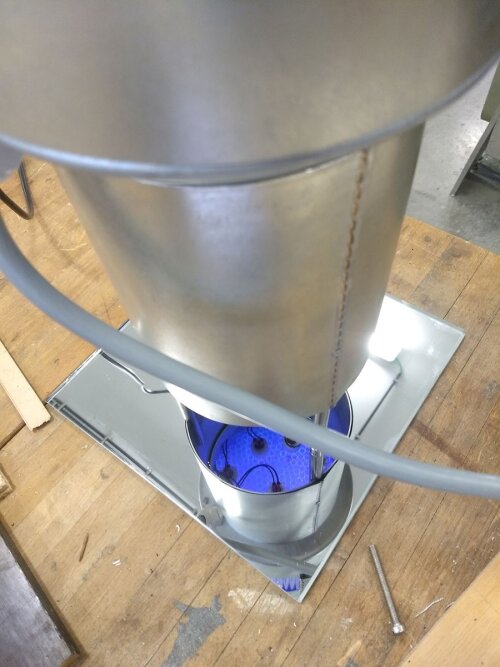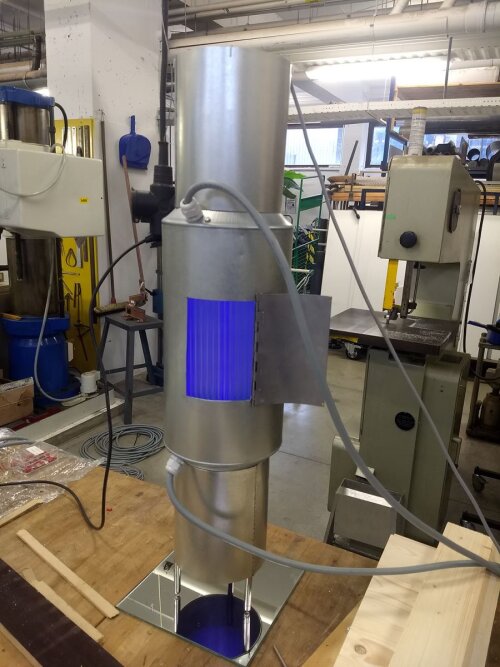Photocatalysis removes pollutants from indoor air
Jeroen van Walsem (UAntwerp) develops innovative air purification reactor.
Jeroen van Walsem (UAntwerp) has developed an innovative reactor with the aim of tackling what’s known as ‘sick building syndrome’. “Instead of constantly replacing indoor air with outdoor air, it’s better to purify the air that’s already in the room. Not only does this remove harmful particles, but it also saves energy.”
For many people, sick building syndrome is a familiar phenomenon: being in a poorly ventilated room for extended periods of time often leads to complaints like headaches, fatigue, dizziness and lack of concentration. In the longer term, the problem is also related to serious health concerns, such as cancer or respiratory diseases. The World Health Organization (WHO) even estimates that around 4.3 million people die prematurely every year from indoor air pollution.
“Housing insulation is getting better and better and ventilation is often kept to a minimum to save energy”, says Jeroen van Walsem, who is doing a PhD at the University of Antwerp under the supervision of Prof Siegfried Denys (Department of Bioscience Engineering). “This causes harmful pollutants to accumulate. It may sound strange, but plants, furniture, paint and many other things give off volatile organic compounds (VOCs).”

During his Baekeland fellowship, Van Walsem developed a solution in collaboration with Vento, a company that manufactures parts for ventilation installations. “When you constantly replace indoor air with new outdoor air, you lose heat – and therefore energy. What’s more, the quality of this outdoor air can be often worse than that of the indoor air. That’s why it’s better to purify the indoor air. With that in mind, I developed an innovative photocatalytic reactor.”
This reactor can be incorporated directly into both new and existing ventilation systems. “Simply put, the reactor consists of a photocatalyst attached to a carrier medium, and one or more UV-A light sources to activate the catalyst”, the researcher explains. “There is no waste production, the reactions take place under mild conditions, and the materials required are relatively cheap.”

The reactor can get rid of harmful organic components like VOCs and soot particles, as well as nitrogen oxides, which are typically emitted by diesel cars. The new system has been tested for compliance with the European standard for indoor air purification by the external research centre CERTECH.
The scientific results prove that the reactor is suitable for air purification in ventilation systems. “Vento is currently looking for partners to see how they can start producing the reactor. A nice bonus is the fact that the system actually saves energy: less air is brought in from outside, meaning less heat is lost.”